This article was co-authored by Zora Degrandpre, ND. Dr. Zora Degrandpre is a Natural Health Doctor and Licensed Naturopathic Physician in Vancouver, Washington. She is a grant reviewer for the National Institutes of Health and the National Center for Complementary and Alternative Medicine. She received her ND from the National College of Natural Medicine in 2007.
There are 10 references cited in this article, which can be found at the bottom of the page.
wikiHow marks an article as reader-approved once it receives enough positive feedback. In this case, several readers have written to tell us that this article was helpful to them, earning it our reader-approved status.
This article has been viewed 258,628 times.
If you have a birthmark, then you're not alone! They’re very common and in almost all cases they’re completely harmless, so most people don’t need treatment for them. However, you might be feeling self-conscious about yours, and that's completely normal. Luckily, you have a few options for hiding or lightening your birthmarks. Unfortunately, there aren’t any recommended home remedies to lighten birthmarks, so visiting your dermatologist is your best bet. This way, you can get the best treatment possible and stop worrying about your birthmarks!
Steps
Recommended Treatments
While you might want to avoid the hassle of going to the dermatologist, there are no recommended home treatments for lightening a birthmark. Luckily, you still have many treatment options to lighten or remove it. Rather than trying home remedies, you should visit a dermatologist for an exam. They can explain your options to lighten the birthmark.
-
1Visit a dermatologist to discuss your treatment options. Since there are different types of birthmarks and a few ways to lighten them, you’ll need to visit a dermatologist to discuss the options. The dermatologist can identify your birthmark and counsel you on the best choices.[1]
- A common birthmark type is a Café-au-lait spot, named because it looks like a drop of brown coffee on the skin. These spots won't go away on their own.
- A salmon patch is a red blotch that usually gets more prominent when you get hot. These often fade over time.
- A port wine stain is a dark red or purple blotch that could also cause rough skin. These usually don't fade and will stay around for life without treatment.
- It’s also important to see your dermatologist because in rare cases, birthmarks could increase your risk for skin cancer.
-
2Monitor a strawberry hemangioma to see if it fades. A strawberry hemangioma is a particular birthmark type that grows from a mass of blood vessels under your skin. This usually happens on babies and they grow during a child’s first few months of life.[2] Luckily, these marks usually shrink gradually after they grow, and might disappear completely. If your child has a strawberry hemangioma, the doctor will probably tell you to monitor it and let if fade on its own.[3]
- In rare cases, a strawberry hemangioma on a child’s face could interfere with vision, breathing, or feeding. In this case, the doctor will probably recommend further treatment.[4]
Advertisement -
3Lighten permanent birthmarks with laser therapy. Some birthmark types, like port-wine stains or Café-au-lait spots, won’t fade on their own. In this case, laser therapy can help lighten the spots and make them less noticeable. This is a non-invasive procedure and could lighten birthmarks by 70-90%.[5]
- Lasers damage your skin slightly, so the spot will probably be tender and a little bruised after each treatment session. This should improve within a week.
- In general, the longer you’ve had a birthmark, the longer it takes to lighten it. Laser therapy is more successful on younger children, and you might need more treatments if you’re older.[6]
-
4Take medication to shrink and lighten the birthmark. This might be unexpected, but a few medications can reduce blood flow to the birthmark and make it lighter. These medications could be oral or topical, so follow your dermatologist’s directions and take all medications exactly as they tell you to.[7]
- Some oral medicines the dermatologist might use include propranolol or corticosteroids.
- Topical choices include steroids and timolol.
-
5Have the birthmark removed if there’s a risk for skin cancer. This is a less popular treatment and dermatologists usually only recommend it if they think the birthmark could become cancerous. During this minor procedure, the dermatologist will cut out the birthmark to get rid of it entirely.[8] Follow all of their instructions to care for the wound after the procedure to avoid an infection.
- You can also have minor surgery to remove raised birthmarks that aren’t cancerous if they interfere with your life.
-
6
Hiding the Birthmark Naturally
While you might be looking for natural ways to lighten your birthmark, unfortunately there aren’t any medically-approved remedies for that. Creams and home remedies like lemon juice probably won’t work, and some remedies could even irritate your skin. Luckily, you still have some choices to cover or conceal the birthmark if you’re feeling self-conscious about it. You can make the mark less noticeable at home without any medical procedures.
-
1Conceal the birthmark with makeup. It’s normal to feel self-conscious about a birthmark, no matter where it is. Luckily, makeup could help you hide it.[11] Get some concealer that matches your skin tone. Start by applying primer to the birthmark, then dab concealer over it. Finish off by brushing some setting powder over the spot.[12]
- Your dermatologist could give you some suggestions for the right makeup to use if you need any tips.
-
2Style your hair to cover facial birthmarks. If the birthmark is on your face or neck, and you have longer hair, you could get creative to cover the mark. Try experimenting with some hairstyles that cover the birthmark and hide it from view.[13]
- For example, if you have a birthmark on your forehead, then bangs could be a great hairstyle to cover it up.
- If you have birthmark on your neck or around your ears, wearing your hair longer could cover it.
-
3Avoid tattooing over any birthmarks. This might sound like an easy way to hide birthmarks on different parts of your body, but doctors don't recommend it. In rare cases, birthmarks can become cancerous, which you'll notice by sudden changes like the mark growing or darkening. If the spot is covered with a tattoo, you might miss these changes. Don't try tattooing as a method to hide your birthmarks to protect your health.[14]
- You can still get tattoos, but don't cover any birthmarks.
Medical Takeaways
Tons of people have birthmarks, and they're nothing to be embarrassed about! If you do want to get rid of one, though, see a dermatologist for a professional treatment rather than trying home remedies, which aren't effective and can even make matters worse. Or, try hiding your birthmark so others don't notice it.
References
- ↑ https://www.aad.org/public/diseases/a-z/birthmarks-symptoms
- ↑ https://www.nhs.uk/conditions/birthmarks/
- ↑ https://www.aad.org/public/diseases/a-z/birthmarks-treatment
- ↑ https://www.nhs.uk/conditions/birthmarks/
- ↑ https://www.asds.net/skin-experts/skin-treatments/laser-light-therapy/laser-therapy-for-birthmarks
- ↑ https://kidshealth.org/en/parents/port-wine-stains.html
- ↑ https://www.aad.org/public/diseases/a-z/birthmarks-treatment
- ↑ https://www.aad.org/public/diseases/a-z/birthmarks-treatment
- ↑ https://my.clevelandclinic.org/health/diseases/12159-birthmarks/management-and-treatment
- ↑ https://kidshealth.org/en/parents/port-wine-stains.html
- ↑ https://www.aad.org/public/diseases/a-z/birthmarks-treatment
- ↑ https://youtu.be/9uVA7jkKJqs?t=28
- ↑ https://myhealth.alberta.ca/Health/aftercareinformation/pages/conditions.aspx?hwid=zc1291
- ↑ https://www.cbsnews.com/news/doctors-warn-tattoos-over-moles-birthmarks-may-hide-melanoma/
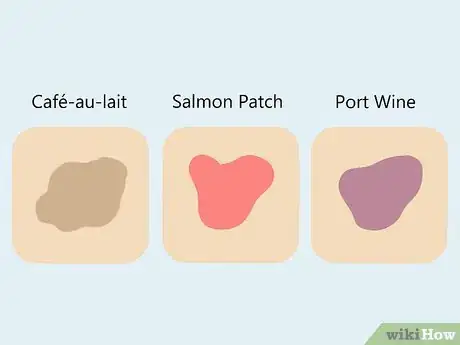
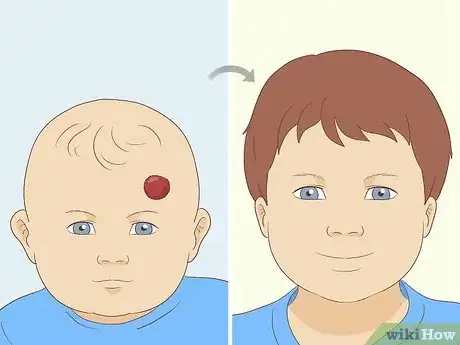

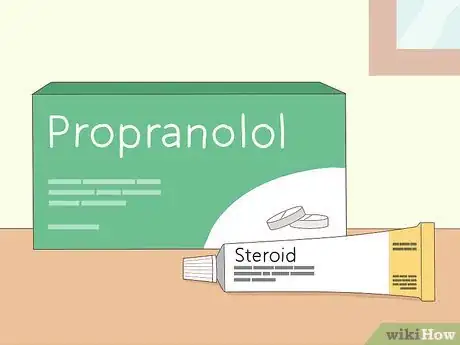

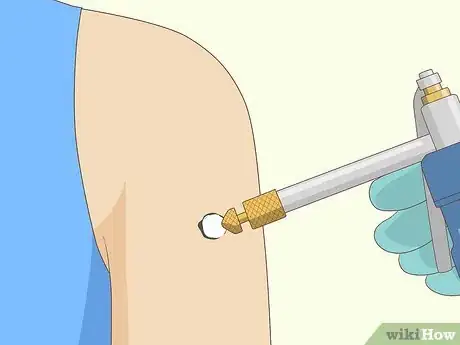
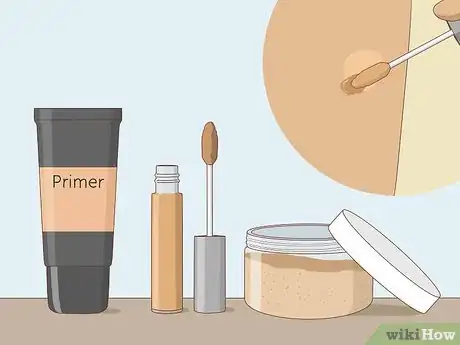
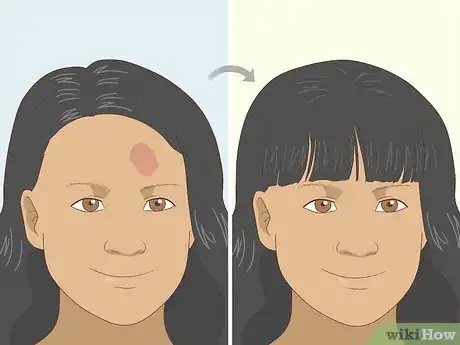
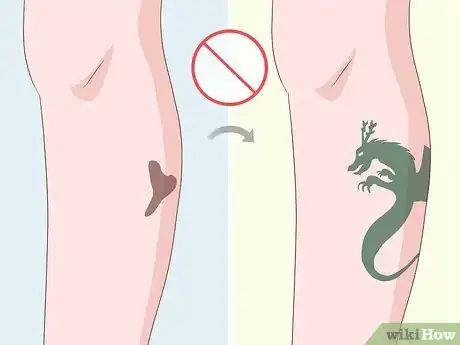


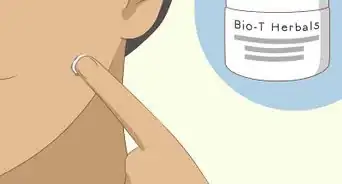

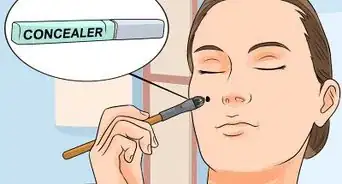
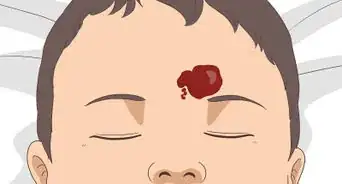


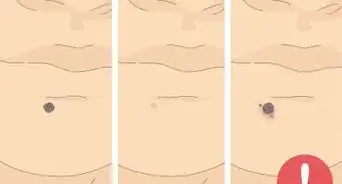



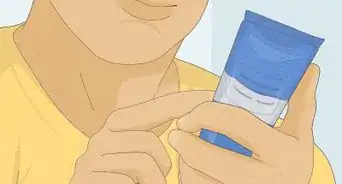











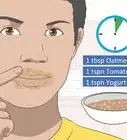

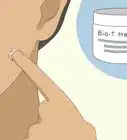
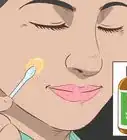



































Medical Disclaimer
The content of this article is not intended to be a substitute for professional medical advice, examination, diagnosis, or treatment. You should always contact your doctor or other qualified healthcare professional before starting, changing, or stopping any kind of health treatment.
Read More...